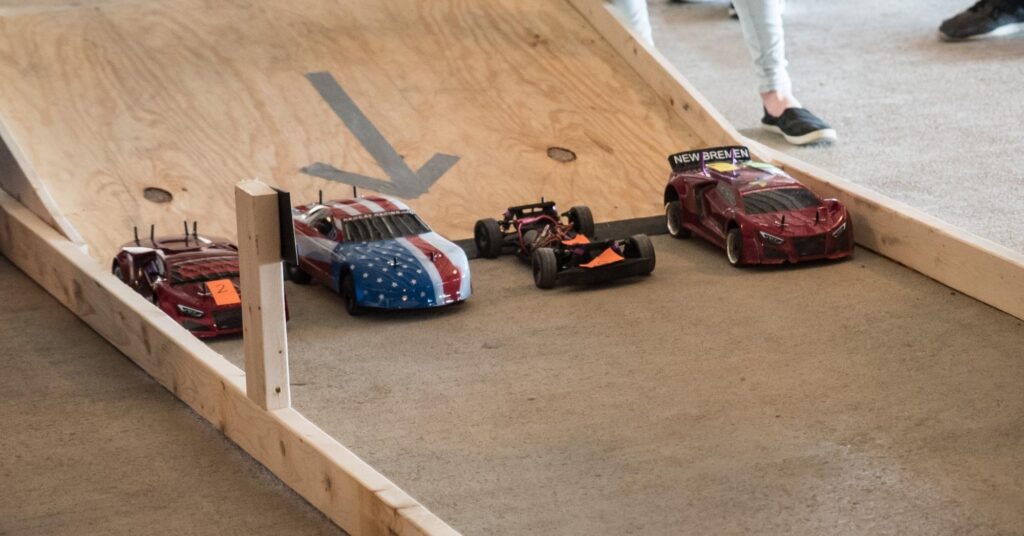In an age where technology continues to shape the world, finding innovative ways to engage students in STEM education is essential. One exciting method gaining traction is using remote-controlled (RC) cars as educational tools. These miniature vehicles captivate students’ imagination and provide a hands-on approach to learning that fosters a deeper understanding of STEM concepts. If you are looking for these cars, you can find the best RC cars online worth exploring. This article explores the various ways these cars can be utilized to teach STEM subjects, from physics to programming, in a fun and engaging manner.
Physics in Motion:
One of the fundamental principles of STEM education is understanding the laws of physics. It provides an excellent platform for students to explore concepts like motion, acceleration, friction, and momentum. By observing how their cars respond to different terrains and maneuvers, students can gain a practical understanding of these concepts, making physics more accessible and enjoyable.
Engineering Challenges:
It comes in various models and sizes, which allows students to experiment with different designs and configurations. This hands-on experience with engineering can spark creativity and curiosity. Students can modify it by changing components such as tire motors or constructing their chassis. Through trial and error, they learn about the engineering process and how to solve real-world problems.
Programming Prowess:
Incorporating it into the classroom can also introduce students to programming and robotics. Many modern cars are equipped with programmable microcontrollers. Students can learn the basics of coding by writing scripts to control their cars’ movement speed and even perform complex maneuvers. This enhances their programming skills and shows them the practical applications of coding in robotics.
Mathematics in Action:
Mathematics often intimidates students, but it offers a fun way to apply mathematical concepts in real life. Students can calculate distances, speed, and time as they race their cars or solve problems related to gear ratios and torque when modifying their vehicles. These real-world applications make math more tangible and relatable.
Collaborative Learning:
Using these cars in the classroom encourages teamwork and collaboration. Students can work together to design, build, and program their cars, fostering communication and problem-solving skills. Collaborative projects also mimic the real-world STEM workplace, where interdisciplinary teams come together to solve complex challenges.
Practical Problem Solving:
It can simulate real-world scenarios where problem-solving skills are essential. Whether navigating a maze, overcoming obstacles, or competing in races, students must apply critical thinking to overcome challenges. This hands-on approach instills a problem-solving mindset that can be valuable in their future STEM careers.
Inspiring Future Engineers:
By introducing students to these cars as educational tools, educators can inspire a passion for STEM from a young age. The excitement and engagement of building and racing these miniature vehicles can lead to a lifelong interest in science and technology. Many successful engineers and scientists got their start with these cars as children.
Summing it Up:
Incorporating the best RC cars into STEM education is a win-win scenario. Not only do students get to have fun while learning, but they also gain practical skills and a deeper understanding of complex STEM concepts. The hands-on nature of these miniature vehicles engages students in a way that textbooks alone cannot. Furthermore, it fosters creativity, teamwork, and problem-solving abilities vital for success in the STEM fields.






